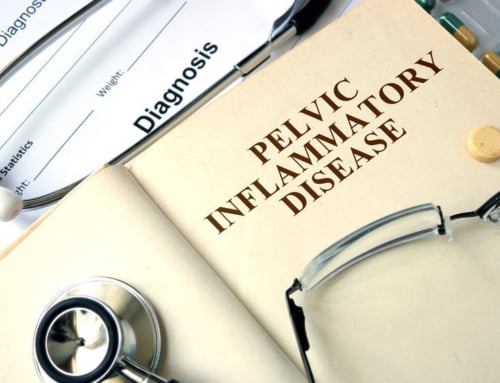Hormonal Changes and AUB
Abnormal uterine bleeding (AUB) is the result of hormonal changes in the body. Due to these changes, the body starts to bleed outside of the regular menstrual cycle. Postmenopausal women sometimes develop AUB as the body is adjusting to the end of the menstrual cycle. Random spotting is normal during this time. AUB ranges from light spotting to heavy bleeding. Irregular bleeding becomes a cause for concern when bleeding is very heavy and lasts for days at a time. Postmenopausal women should also be concerned about bleeding after sex or on a monthly basis.
What causes abnormal uterine bleeding?
In a postmenopausal woman, abnormal uterine bleeding may be caused by:
- Medications
- Polyps
- Fibroids
- Vaginal atrophy, or thinning of vaginal tissue
- Endometrial atrophy, or thinning of the endometrium lining
- Endometrial hyperplasia, or thickening of endometrium lining
In some instances, irregular bleeding is a sign of uterine, cervical, or vaginal cancer. With endometrial hyperplasia, the endometrium lining becomes too thick and starts to bleed. In other cases, the endometrial cells start developing abnormalities which can lead to cancer. Polyps or fibroids can also be cancerous, so doctors conduct biopsies to test the severity of the growths.
The good news
The good news is that abnormal uterine bleeding only affects a small number of women. According to a scientific study, less than 12% of postmenopausal women experience AUB. Studies also reveal that the likeliness of AUB decreases over time. Women are less likely to experience AUB after the first year of menopause.
Treatment for AUB
Doctors will conduct a series of tests to pinpoint the cause of AUB. Usually physicians conduct blood tests to look for abnormalities. Healthcare providers also inspect the uterus through MRIs and CAT scans. Providers use ultrasounds to get images of the uterus, cervix, and ovaries. If fibroids or polyps are detected, a biopsy is scheduled. Physicians also conduct pap smears, in which a small tool is inserted inside the cervix to collect a cell sample. Providers also use other tests such as hysteroscopies or dilation and curette to retrieve samples of the endometrium.
Talk to a doctor
During routine exams, patients are able to talk to the physician about postmenopausal symptoms and medical history. Schedule an appointment with a healthcare provider to address any abnormal uterine bleeding concerns.







